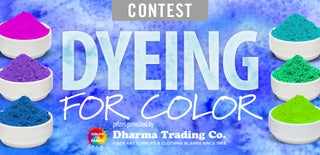Introduction: How to Dye Wood Using Natural Ingredients in 5 Steps
Did you know you can dye wood?! This is not staining. Stains lie on top of the wood, whereas dyes absorb into the wood. Dyes can be made naturally with most water soluble materials. Tea, coffee, nut husks (walnut looks great), tobacco, and herbs are all great options to explore if you want to create your own dye. Coffee is inbetween. Stains are much more resistant to weather and other conditions, but dyes can be made naturally, cheaply, and still produce a beautiful color. For my project, I am replacing the metal scales of my straight razor with wood ones I made out of some kindling. I used cinnamon tea and coffee to achieve my color. Coffee gives my project that rich color as it does not absorb as much into the wood.
To get started you will need:
- Your wood project sanded and ready
- Vinegar (white or apple)
- Steel Wool
- Foam Brush
- Tea, Coffee, Nut husks, Tobacco, or Herbs
- Cup or Jar
Step 1: Create Your Color
1. First, you will create a dark black dye using a full cup of vinegar with half a roll of steel wool. Just tear apart the wool and submerge it fully into the vinegar. I am using apple vinegar because I like the color.
2. Let your dye sit for 5 to 7 days. Stir your dye once a day. The dye should darken day to day.
3. Brew your tea, coffee, nut husks, tobacco, or herbs. It is a good idea to make a few cups depending on the amount of dye you need for your project.
4. Add in your dark steel wool dye as necessary to achieve the color you are looking for. Keep in mind you will apply more than one coat once you have your color right, so it shouldn't be too dark. For my project, I used equal parts cinnamon tea, coffee, and steel wool dye. I applied 5 coats and 2 clear coat finishes.
5. Apply your coats with a foam brush. Give time for each coat to dry in between coats.
*Option*
- You can sand in between dyeing coats.
- A clearcoat will help preserve your color. This is a good idea.
Step 2: Other Projects
Here are some other older projects that have held up over the years. These two hammers were dyed over 4 years ago using different methods. The one on the left, pomegranate and coffee. The one on the right; Lipton iced tea.

Second Prize in the
Dyeing for Color Contest













